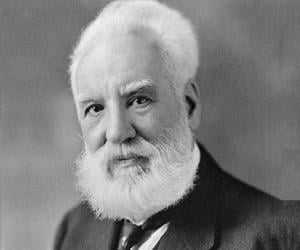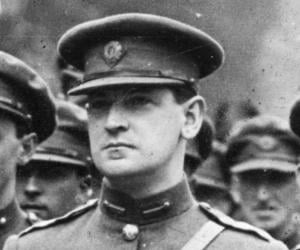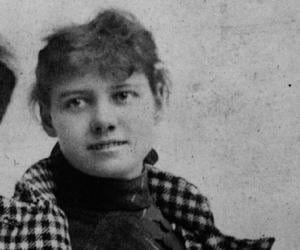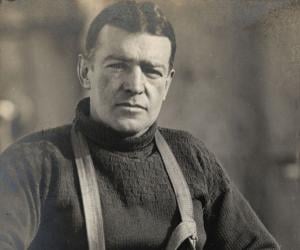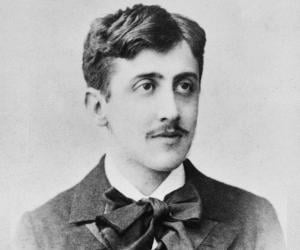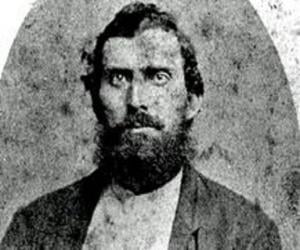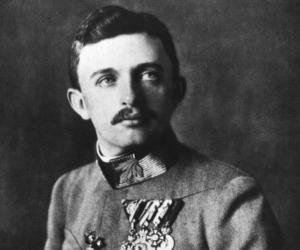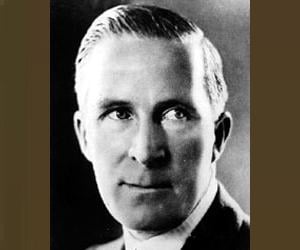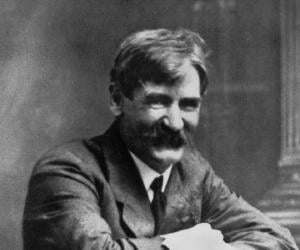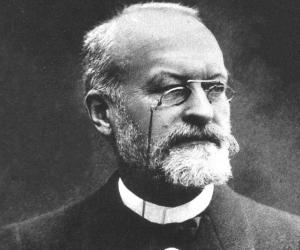Alexander Graham Bell was a scientist, inventor, and engineer. He is credited with inventing the first functional telephone. He is also credited with co-founding America's major telephone company AT&T, which has been going strong since 1885. Bell's later life was marked by his groundbreaking work in aeronautics, hydrofoils, and optical telecommunications. He was also an ardent supporter of compulsory sterilization.
Nellie Bly was an American industrialist, journalist, inventor, and charity worker. She is remembered for her circumnavigation of the world in 72 days. She is also known for pioneering a new kind of investigative journalism as she worked undercover from within a mental institution to report on the institution. Nellie Bly’s life and work have inspired several works of art.
Anglo-Irish Antarctic explorer Sir Ernest Shackleton is remembered for leading three British expeditions to the Antarctic. He was a key figure of the period known as the Heroic Age of Antarctic Exploration. An expert in navigation, he had also been a part of Captain Robert Falcon Scott's Discovery expedition. He was knighted by King Edward VII for his achievements.
Marcel Proust was a French novelist, essayist, and critic best known for writing the world-renowned novel In Search of Lost Time, which was published between 1913 and 1927 in seven parts. Many writers and critics regard him as one of the 20th century's most influential and important authors.
Newton Knight was an American soldier, farmer, and Southern Unionist in Mississippi. He is best remembered for leading a band of Confederate army deserters known as the Knight Company, who opposed the Confederacy during the American Civil War. His life and work have inspired films, such as Tap Roots and Free State of Jones.
Charles I of Austria reigned from 1916 to 1918 as the last emperor of Austria. He was the last king of Croatia, Bohemia, Hungary, and the last monarch from the House of Habsburg-Lorraine. Charles is remembered for making unsuccessful attempts to end Austria-Hungary's World War I campaign. He also tried to save the Austro-Hungarian Empire from disintegration but was unsuccessful.
Henry Lawson was an Australian bush poet and writer. Often referred to as Australia's greatest short story writer, Lawson is one of the best-known Australian fiction writers and poets of the colonial period. Also a nationalist, Henry Lawson contributed immensely to a popular Australian magazine named The Bulletin. In 1949, he was featured in an Australian postage stamp.
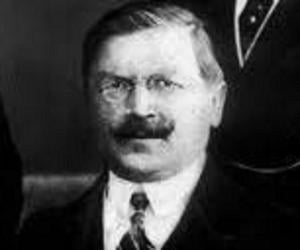
Ali Kemal was a Turkish journalist, poet, newspaper editor, government official, and liberal-leaning politician. He is best remembered for his brief service as the Minister of the Interior of the Ottoman Empire in 1919. During the Turkish War of Independence, Ali Kemal was assassinated by paramilitary officers.
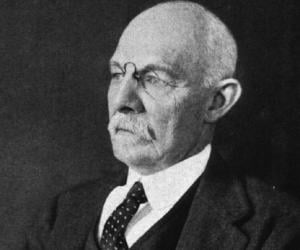
William Stewart Halsted was the man behind the first American surgical school at the Johns Hopkins University. The master surgeon made a number of contributions to medical science, including the introduction of mastectomy and aseptic surgical procedures. He often injected cocaine into his body to develop anesthesia.
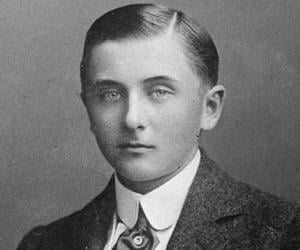
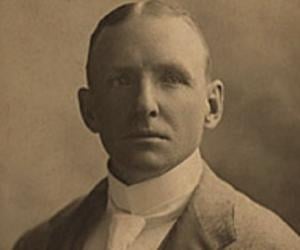
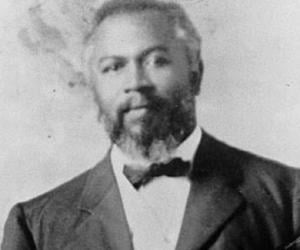
William J. Seymour was an African-American holiness preacher. He is credited to have initiated the Azusa Street Revival, an influential event in the rise of the Charismatic and Pentecostal movements. He was a student of the early Pentecostal minister Charles Parham. He played a major role in the spread of Pentecostalism to various parts of America.
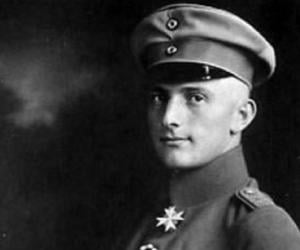
Lothar von Richthofen was a German flying ace who served during the First World War. He was the younger brother of another aviator Manfred von Richthofen, whose life inspired the 2008 German-British biopic The Red Baron where Lothar von Richthofen was played by German actor Volker Bruch. Richthofen died in a flying accident when he was just 27 years old.
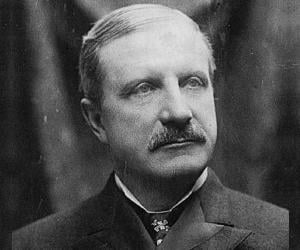
Part of the famous Rockefeller family of bankers and industrialists, William Rockefeller played a major role in the development of the Standard Oil Company along with his brother John D. Rockefeller. His interests also included copper mining and railways, and he also set up what is now known as Citigroup.
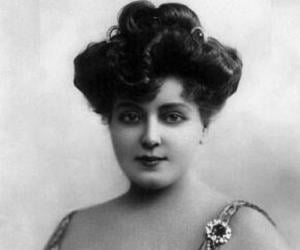
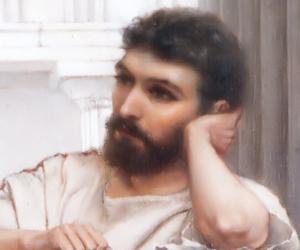
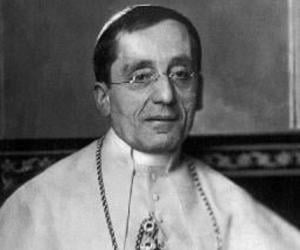
Benedict XV became Bishop of Rome at the outbreak of the First World War and his pontificate was mostly occupied with several issues of the war. He declared neutrality of the Holy See and made unsuccessful efforts to mediate peace between both sides. He later succeeded in re-establishing relation between France and the Vatican and promulgated Code of Canon Law.
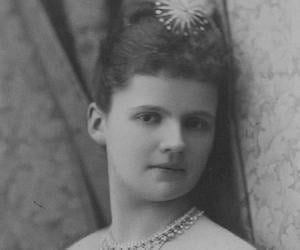
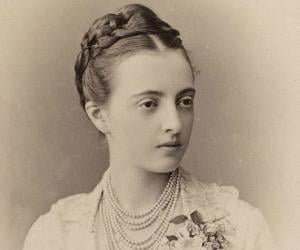
Grand Duchess Anastasia Mikhailovna of Russia, largely remembered as one of the granddaughters of Tsar Nicholas I of Russia, and as the wife of Friedrich Franz III, the Grand Duke of Mecklenburg-Schwerin. A talented tennis player, she had several tennis courts built. She also had an illegitimate child with her secretary.

Erich von Falkenhayn was a war leader who played a major role during World War I where he served as the Chief of the German General Staff from 1914 to 1916. He also served as the Prussian Minister of War from 1913 to 1915. Although his reputation was attacked by certain groups, many regard Falkenhayn as a great German general.
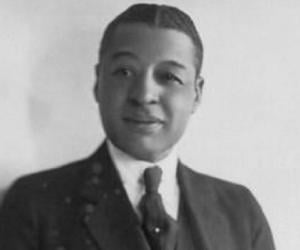
Bert Williams was an American entertainer and comedian. One of the greatest entertainers of the Vaudeville era, Bert Williams was also regarded as one of the most famous comedians of his time. In 1914, he was cast to play the leading role in Darktown Jubilee, making him the first Black man to play the main role in a film.
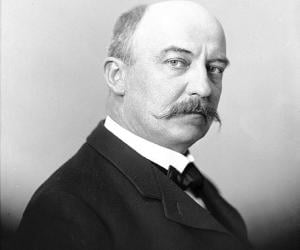
Polish professor of hydroelectric engineering and statesman Gabriel Narutowicz served as first President of Poland after the country regained sovereignty from partitioning powers. A pioneer of electrification, Narutowicz served as the Minister of Public Works and as the Minister of Foreign Affairs before becoming the first president of the Second Polish Republic. He was assassinated five days after assuming office as the head of state.
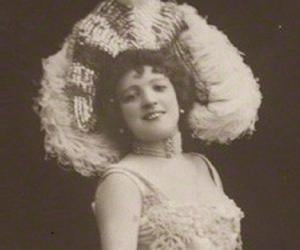
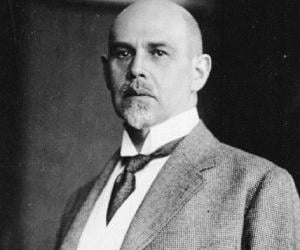
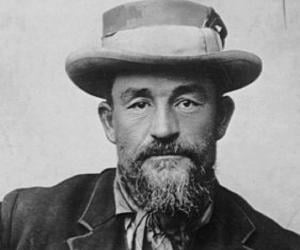
Christiaan de Wet was a Boer general, rebel leader, and politician. He served as a field cornet in the First Anglo-Boer War of 1880–81. Following the war, he became a member of the Volksraad. In the Second Boer War, he took part in the Siege of Ladysmith and the surprise attack on Sanna's Post near Bloemfontein.
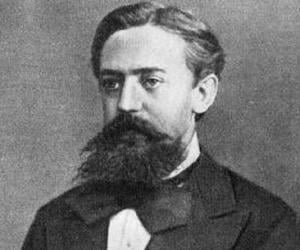
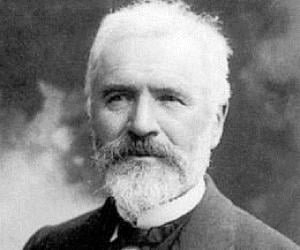
Camille Jordan was a French mathematician best remembered for his influential Cours d'analyse and his foundational work in group theory. He also served as an educator, teaching at prestigious institutions like the Collège de France and École Polytechnique. The asteroid 25593 Camillejordan is named in his honor.
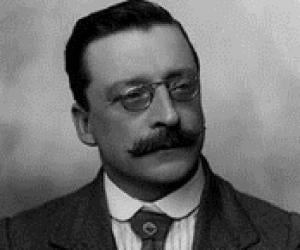
Best known as the founder of the political party Sinn Féin, Arthur Griffith was also a journalist who launched the nationalist newspaper United Irishman. Though he didn’t participate in the Easter Rising, he was arrested and later released. He negotiated the Anglo-Irish Treaty and became the president of Dáil Éireann.
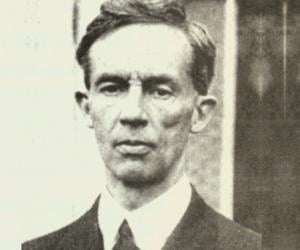
Charles Louis Alphonse Laveran was a French physician whose discoveries of certain parasitic protozoans earned him the prestigious Nobel Prize in Physiology or Medicine in 1907. A well-known philanthropist, Laveran donated half of the money obtained from his Nobel Prize to set up the Laboratory of Tropical Medicine. He is also credited with founding the Société de Pathologie Exotique.
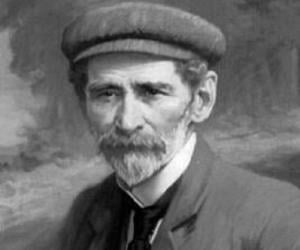
British-Argentine author, naturalist, and ornithologist William Henry Hudson not just published a number of ornithological studies but also several novels, such as Green Mansions. He criticized Darwinism and was inspired by Samuel Butler’s writings. He was also part of the Royal Society for the Protection of Birds.
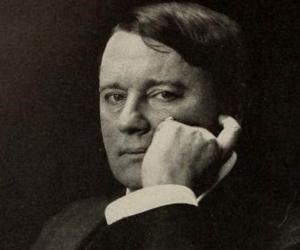
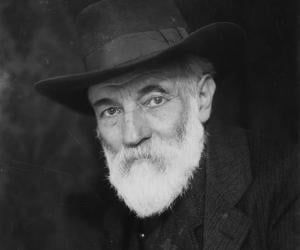
Better known as the father of legendary Irish poet W.B. Yeats, John Butler Yeats was a talented painter in his own right. Initially a barrister, he later studied art formally and focused on painting but failed to sell his works and eventually died in a boarding house.
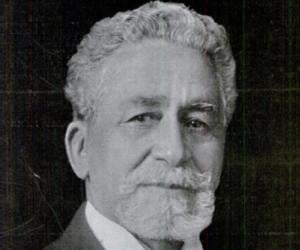
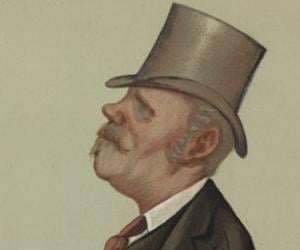
Thomas Sutherland was a British politician and banker best remembered for founding The Hongkong and Shanghai Banking Corporation (HSBC), the founder member of HSBC Group. After his demise, a street in Sheung Wan was named after him.
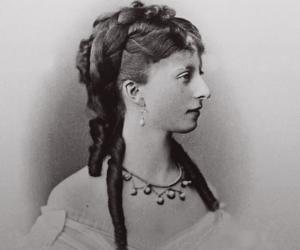
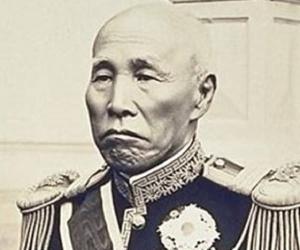
Although an important member of the Japanese Meiji oligarchy, Kōshaku (Marquess) Ōkuma Shigenobu was a centrist and a supporter of western ideas and science. His campaign for a parliamentary system of governance led to political reforms in Japan. As a foreign minister, he modernized the country’s fiscal system. A two-time Prime Minister, he was also the founder of Waseda University
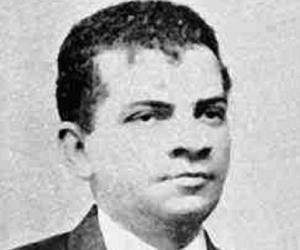
Brazilian author Afonso Henriques de Lima Barreto was one of the greatest figures of pre-modernism and also a talented journalist. Best known for his iconic novel Triste Fim de Policarpo Quaresma, he was a master of satire. He later suffered from serious bouts of mental illness.
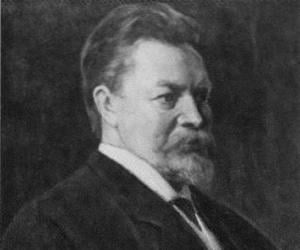
Rudolf Kjellén was a Swedish politician, geographer, and political scientist. Apart from coining the term geopolitics, Kjellén is also credited with laying the foundations for the German Geopolitik. Rudolf Kjellén also served as a professor of political sciences and statistics at the University of Gothenburg.
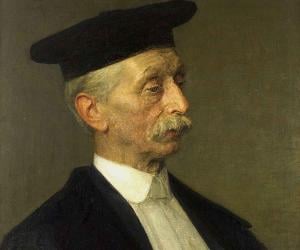
Jacobus Cornelius Kapteyn was a Dutch astronomer best remembered for his studies of the Milky Way. He proved the existence of galactic rotation and was also among the first astronomers to talk about the existence of dark matter as early as 1922. Over the course of his career, Kapteyn was honored with many awards like the James Craig Watson Medal.
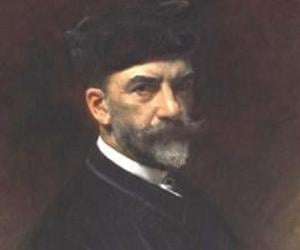
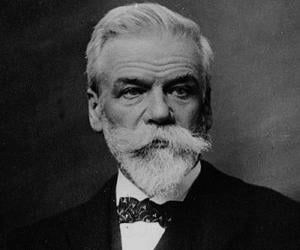
Belgian chemist Ernest Solvay began working in his family’s salt-making business soon after finishing school, as his condition of acute pleurisy prevented him from studying any further. He is remembered for developing the ammonia-soda process that produces soda ash, which is crucial to the glass and soap industries.
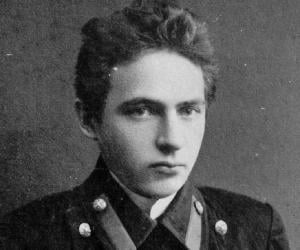
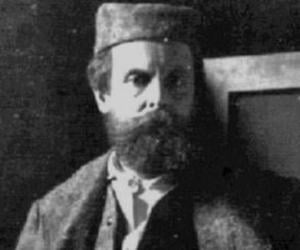
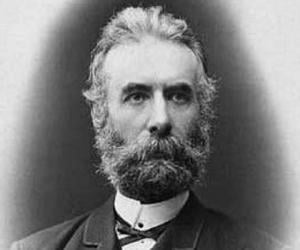
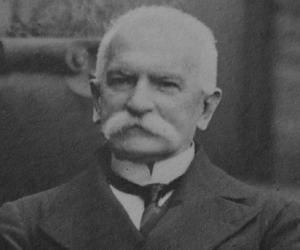
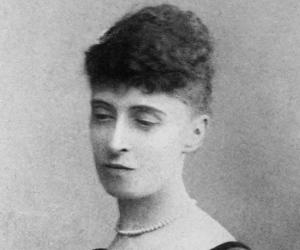
British writer and poet Alice Meynell was mostly raised in Italy. Her sonnet My Heart Shall Be Thy Garden impressed publisher Wilfrid Meynell, whom she later married. Remembered for works such as Preludes, she used simple words. She was also an ardent supporter of equal suffrage for women.
